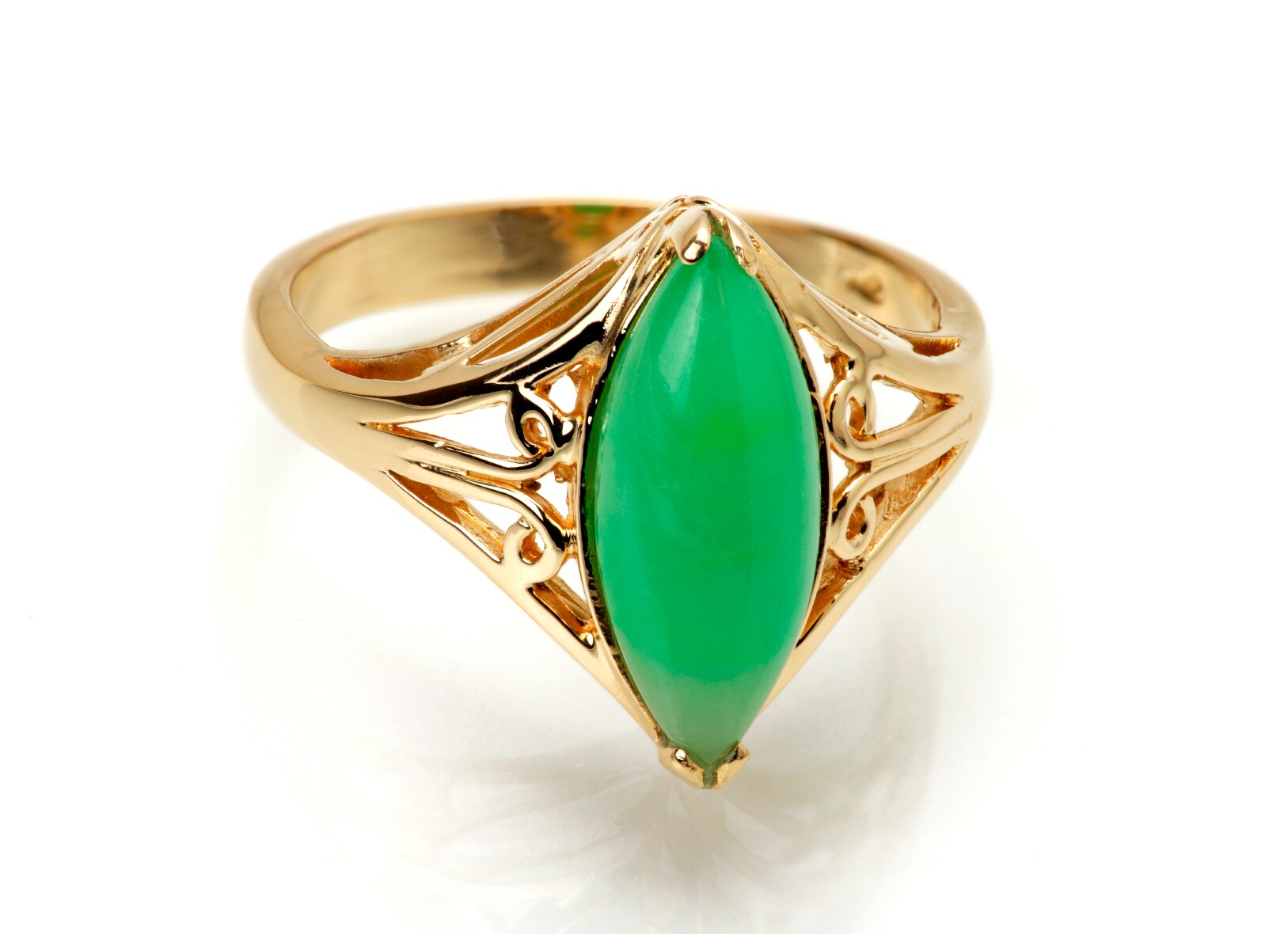 Gemstones have a long and occasionally checkered history. Since prehistoric times, precious gems have been used in barter, for decoration, and in rituals. The primary key to the value of gemstones lies in their beauty. The obvious problem is that the character of a gemstone can be enhanced (or even produced ab initio) by non-natural methods. In cases where such enhancement is disclosed, this is not a problem, although the stone value is not as high as that of a totally natural example. Fraud is, however, a major concern.
Gemstones have a long and occasionally checkered history. Since prehistoric times, precious gems have been used in barter, for decoration, and in rituals. The primary key to the value of gemstones lies in their beauty. The obvious problem is that the character of a gemstone can be enhanced (or even produced ab initio) by non-natural methods. In cases where such enhancement is disclosed, this is not a problem, although the stone value is not as high as that of a totally natural example. Fraud is, however, a major concern.
Jade provides a classic example of a gemstone for which careful analysis is needed to determine if the stone is treated, or if it is even jade at all. Jade comes from two different minerals: jadeite and nephrite. Not only is top-quality jadeite very rare, there are three classes of jadeite jade which differ greatly in value. The Hong Kong Jade Association defines them as follows:
A Jade (Natural Jadeite Jade): Natural jadeite which is not subjected to any form of chemical treatment except processes such as colorless wax polishing, which are not defined as “treatment” on the crystalline structure of the jadeite jade, which has not been damaged.
B Jade (Jadeite jade has been artificially treated): Jadeite jade which is chemically treated and resin impregnated to enhance its translucency. The structure of jadeite is damaged through this treatment and it will lose its lustre once the polymer deteriorates with the lapse of time. In addition, “B” jade cannot withstand heat and pressure.
C Jade (Jadeite jade has been artificially dyed): Jadeite of this kind is usually colorless or of very faint tone, and is therefore dyed to enhance its brightness. However, such artificial hue will fade in time.
B + C Jade (Jadeite jade has been artificially treated and dyed): Jadeite jade has been dyed to enhance its translucency and brightness during the chemically treated, resin impregnated process.
Note: “A”, “B”, “C” jade are trade terms commonly used for Jadeite in the jade industry, not represent the grades and class or the quality of jade.
Besides the issue of potential fraud, the “B” treatment has several long-term issues – some skin burns from residual acid have been reported, and discoloration of the epoxy resin can occur. All of this underscores the need for a rapid and sensitive analysis method. Microscope examination may not show enough detail to identify the treatment, and even in cases where it can, this requires considerable skill. Essentially, “B” material passes most of the normal testing done by a jeweler. Fourier Transform infrared (FT-IR) spectroscopy provides an excellent tool for analyzing “A” and “B” jade. Signals due to the wax or epoxy resin are quite definitive. The analysis takes only a few seconds, and the procedure yields unambiguous results. Similar analyses of diamonds and other gemstones can also be accomplished with FT-IR spectroscopy.
Read Gemstone Analysis by FT-IR: Identifying Treated Jades to see study details and spectra of the evaluation of Type A and B jades with FT-IR.
For another interesting case study, read Polymer-Impregnated Aventurine Quartz, a New Imitation of “Ice Jade” from the Gemological Institute of America. The article describes the testing of a bangle believed to be jadeite jade using FTIR and Raman spectroscopy. The FTIR spectrum revealed the polymer treatment of the piece.
Finally, check out this infographic on the history of jade.






Leave a Reply